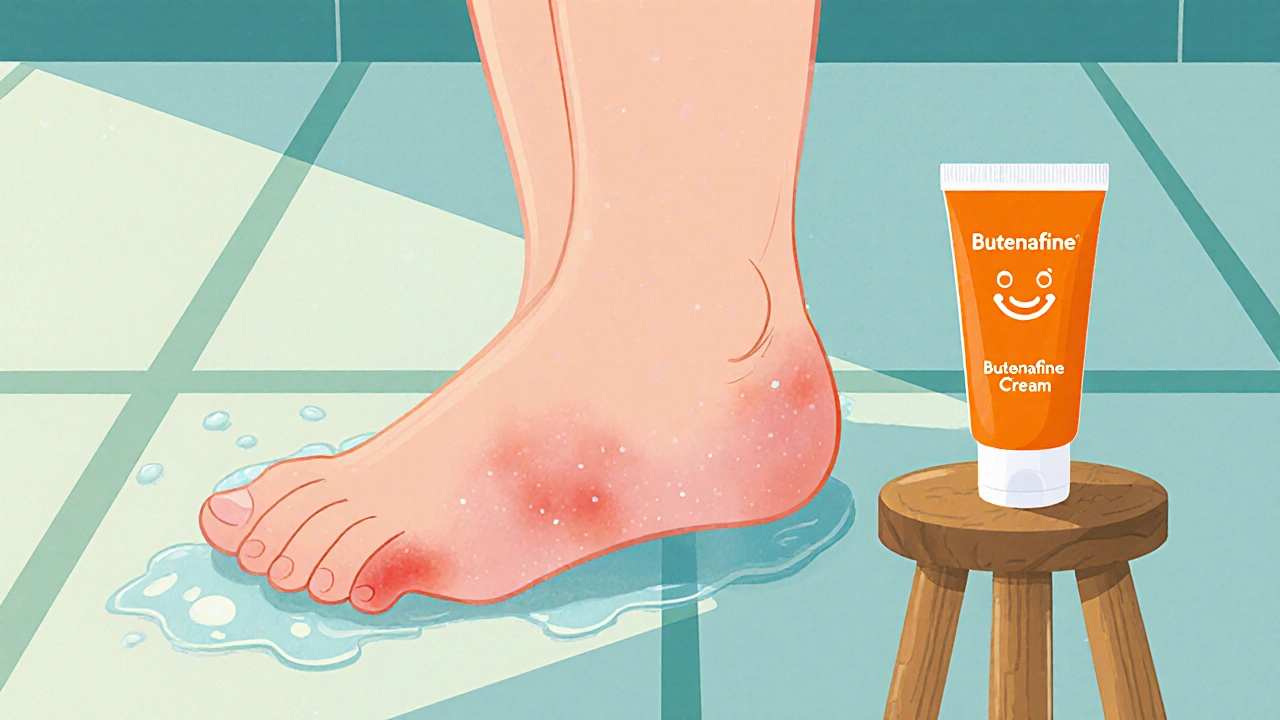OTC Fungus Medication: What Works, What to Avoid, and How to Use It Right
When you spot red, itchy patches on your skin or notice your toenails turning yellow and thick, you’re likely dealing with a fungus infection, a common condition caused by microscopic organisms that thrive in warm, moist areas. Also known as fungal skin infection, these problems aren’t just embarrassing—they can spread if left untreated. The good news? You don’t always need a prescription. OTC fungus medication, over-the-counter antifungal products designed for skin, nails, and feet. Also known as antifungal creams, these are the first line of defense for most people. But not all OTC options are created equal. Some work fast. Others barely make a dent. And using them wrong can make things worse.
Most OTC fungus medication, over-the-counter antifungal products designed for skin, nails, and feet. Also known as antifungal creams, these are the first line of defense for most people. fall into a few main types: creams, sprays, powders, and nail solutions. Common active ingredients include clotrimazole, miconazole, terbinafine, and tolnaftate. Each targets fungi differently. Terbinafine, for example, kills the fungus outright. Clotrimazole stops it from growing. If you’ve tried one and it didn’t work, it’s not you—it’s probably the wrong match for your infection. Athlete’s foot often responds better to terbinafine. Yeast infections on skin might need clotrimazole. Nail fungus? That’s trickier. Most OTC nail treatments take months to show results because the fungus hides under the nail. You need patience and consistency.
Here’s what most people miss: you can’t just slap on cream and call it done. Fungi cling to skin, socks, shoes, and towels. If you treat the skin but not your environment, you’re just delaying the return. Wash socks daily in hot water. Use antifungal powder in your shoes. Don’t walk barefoot in locker rooms. And keep the area dry—fungus loves dampness. Even if your rash looks gone after a week, keep using the product for the full time listed on the label. Stopping early is why so many people get the same infection again.
Some OTC products promise miracle cures. Skip them. If something says it cures nail fungus in 7 days, it’s either fake or contains unapproved steroids. Long-term steroid use on skin can cause thinning, discoloration, and worse. Stick to FDA-approved antifungals. Check the label. If you’re unsure, ask a pharmacist. They’ve seen hundreds of cases and can point you to what actually works for your symptoms.
And if it doesn’t improve after 2–4 weeks? See a doctor. What looks like athlete’s foot could be eczema, psoriasis, or even a bacterial infection. You don’t need to suffer through guesswork. There’s a whole list of proven treatments—some OTC, some prescription—that match different types of fungal problems. Below, you’ll find real comparisons of what people have tried, what worked, what didn’t, and why. No fluff. Just facts from people who’ve been there.

Butenafine for Athlete's Foot: Fast, Effective Treatment Guide
Discover why butenafine is a fast, effective OTC solution for athlete's foot, how it works, proper usage steps, safety tips, and how it compares to other antifungals.
October 17 2025